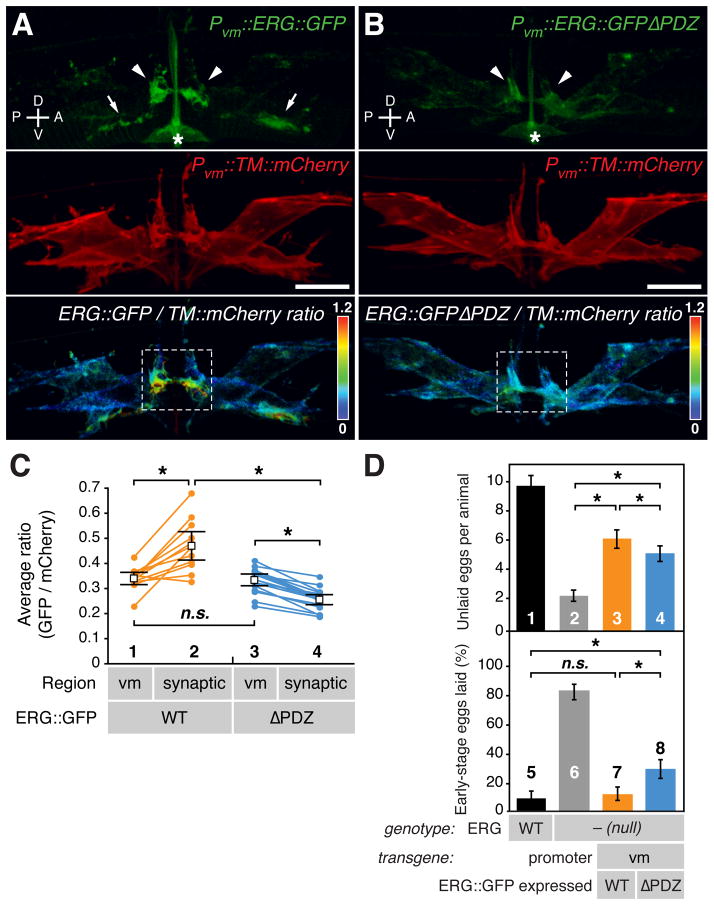Figure 4. ERG is localized in vulval muscle to the postsynaptic termini via a PDZ interaction motif.
(A and B) Representative ratiometric images of ERG localization. (A) ERG bearing internally-inserted GFP (ERG::GFP) was expressed in vulval muscle from the unc-103e promoter (Pvm). Its localization (top) was compared to that of a co-expressed transmembrane control protein (TM::mCherry, middle) using ratiometric imaging (bottom). (B) An ERG mutant lacking the putative PDZ-interaction motif (-DTIL) at its carboxy-terminus (ERG::GFPΔPDZ) is shown as in (A). ERG::GFP was enriched at lateral postsynaptic sites (arrowheads) and along the ventral cord (arrows). Dashed white boxes indicate regions of lateral vm2 processes selected for quantitation in (C). Asterisks, the autofluorescent vulval slit; bar, 10 μm; rainbow scale, GFP/mCherry ratio.
(C) Statistical analysis of ratiometric imaging. ERG::GFP to TM::mCherry ratios for entire set of vulval muscles (vm) on one side of a animal are compared to the ratio within the lateral synaptic subregion (white boxes in A and B). Paired measurements from the same animal are connected by lines; n=12 for wild-type ERG and n=17 for the ΔPDZ mutant. Average ratio pairs are shown; asterisks, p<0.0004 (t-test); n.s., not significant with p>0.05.
(D) Postsynaptic enrichment of ERG is required for proper inhibition of egg laying. Wild-type (bars 1) or the W85stop ERG mull mutants (bars 2–4) bearing transgenes expressing either wild-type ERG::GFP (bars 3) or the ERG::GFPΔPDZ mutant (bars 4) from the vm-specific promoter were assayed for egg-laying behavior. (top) Unlaid eggs per animal; asterisks, p<0.0001 (t-test; n=60 animals per genotype). (bottom) Percent of eggs laid at early stages (8 cells or fewer); asterisks, p<0.0001; n.s., not significant with p>0.05 (Fisher’s exact test; n >195 eggs per genotype).

